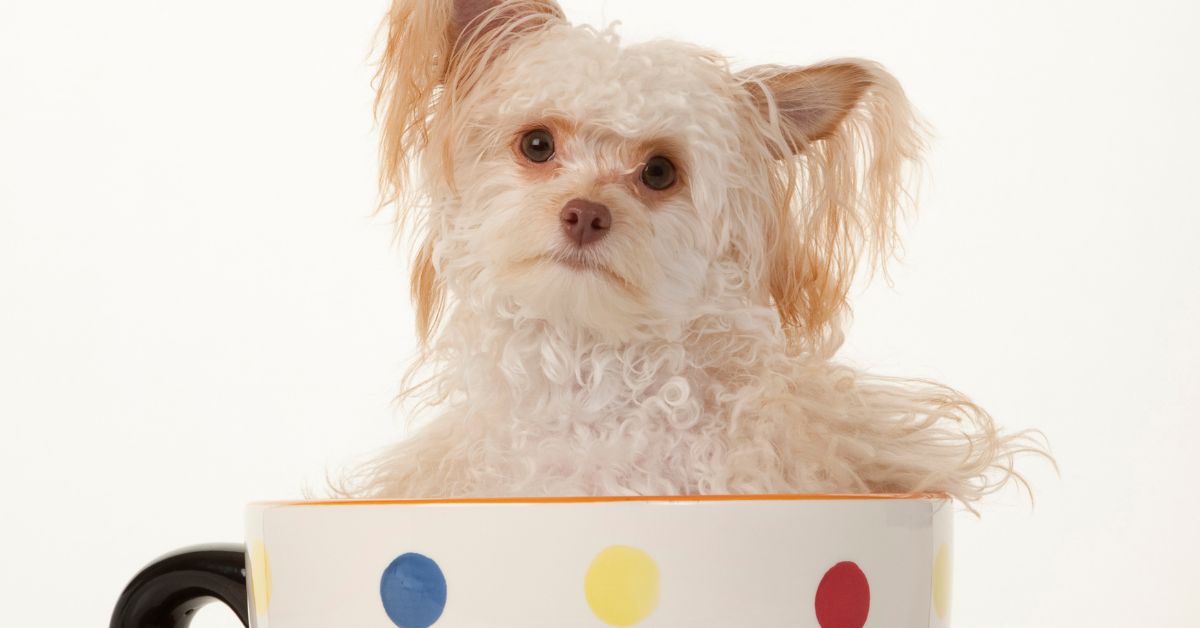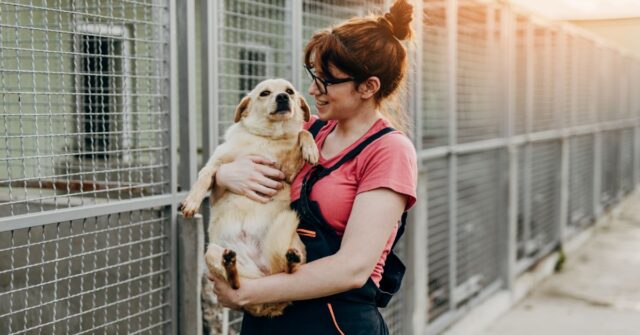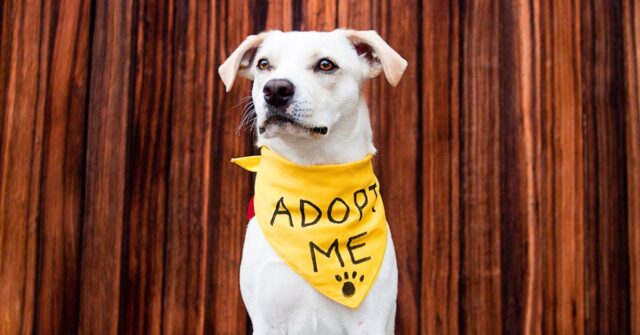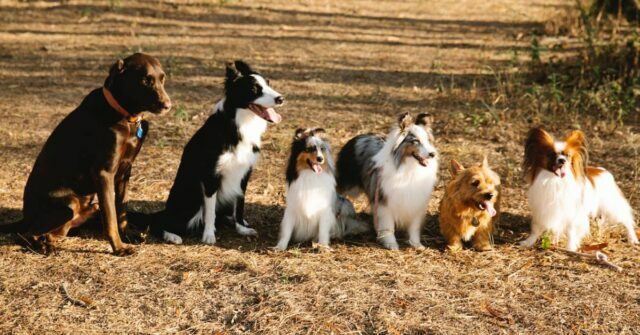The world of designer dogs has attracted both enthusiastic supporters and vocal critics.
Proponents value the blend of specific traits that these crossbreeds offer, while sceptics worry about potential health issues and ethical concerns.
Whether you are intrigued or hesitant, it’s essential to understand the full picture before deciding whether a designer dog is the right fit for your family
Understanding Designer Dogs
The term “designer dog” refers to a crossbreed deliberately created from two purebred parents.
This approach aims to capture the best qualities of both breeds, leading to combinations like Goldendoodles and Labradoodles which are highly sought after.
Designer dogs have gained immense popularity due to their unique characteristics and friendly temperaments, but some concerns around their breeding practices exist as well.
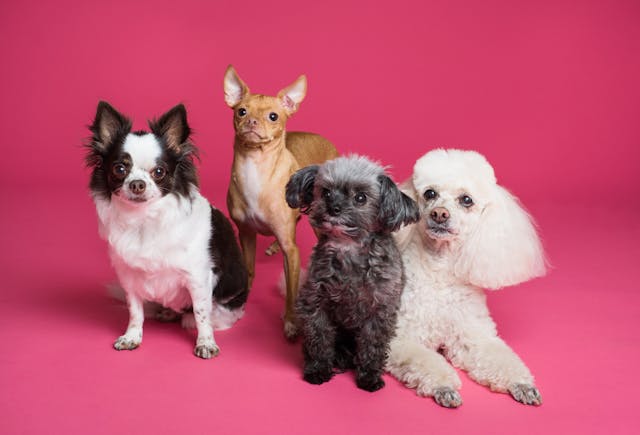

What Defines a Designer Dog?
A designer dog results from intentionally crossing two purebred breeds to combine specific characteristics from both.
These dogs are typically given portmanteau names that blend the two breeds’ titles, like the Labradoodle (Labrador Retriever + Poodle).
They are often first-generation crosses, meaning the parents were purebreds, while the offspring inherit their traits.
The Popularity of Hybrid Breeds
Hybrid dogs appeal to pet owners looking for specific features that purebred dogs cannot provide alone.
For instance, a Goldendoodle is known for its hypoallergenic coat, thanks to its Poodle heritage, while also retaining the Golden Retriever’s playful disposition.
Their versatility and charming personalities have made designer breeds a favourite choice for families, individuals with allergies, and service dog trainers.
The Benefits of Designer Dogs
Designer dogs aim to capture the best characteristics of their purebred parents. They are often praised for their friendly personalities, intelligence, and trainability.
Additionally, many are marketed as hypoallergenic, appealing to people with allergies.
Their adaptability to various roles, from family pets to service dogs, makes them versatile companions that can bring joy to any household.
Desired Traits and Temperaments
Owners often seek designer dogs for their affectionate, friendly, and trainable temperaments.
Labradoodles are known for their intelligence, energy, and loyalty, making them suitable for various roles like therapy and assistance.
Their mixed lineage provides a broader range of temperaments, which often results in a well-rounded companion.
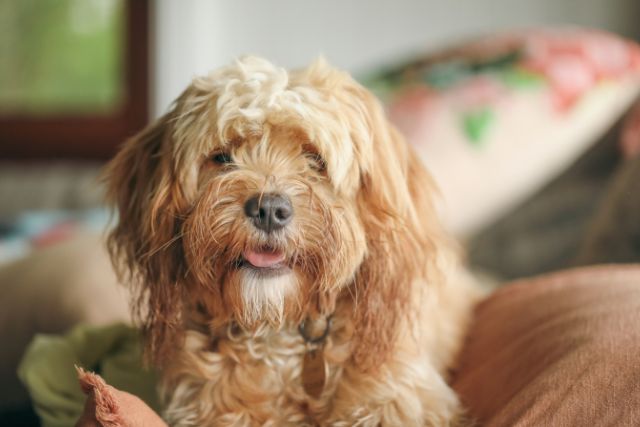

Health and Hypoallergenic Considerations
Many designer breeds, particularly those with Poodle lineage, are considered hypoallergenic due to their low-shedding coats. This trait provides relief for individuals sensitive to dog dander.
However, their health can be unpredictable, sometimes inheriting genetic disorders from both parent breeds, underscoring the importance of responsible breeding.
Versatile Roles: From Family Pets to Service Dogs
Hybrid breeds are versatile, adapting to different roles, from family pets to working dogs.
Goldadors, a mix of Golden and Labrador Retrievers, excel as service and therapy dogs due to their patience and trainability. The Labradoodle is equally comfortable in a family setting or as a guide dog.
The Challenges and Concerns
Despite their positive traits, designer dogs aren’t without challenges. They can inherit genetic health issues from their parents, and their unique grooming needs may require a lot of maintenance.
Furthermore, behavioural challenges stemming from their mixed lineage could result in unpredictability. Prospective owners should consider these factors to make an informed decision.
Genetic Health Issues
Crossbreeding does not automatically eliminate health risks. Many designer dogs can inherit conditions common to both parent breeds.
For instance, Goldendoodles might have hip dysplasia due to their Golden Retriever ancestry. Therefore, it is crucial to understand potential health issues before choosing a designer breed.
High Maintenance Grooming Requirements
Most hybrid breeds, particularly those involving Poodles, need regular grooming to prevent matting and tangling.
Some coats require daily brushing or professional grooming. Schnoodles (Schnauzer + Poodle), for instance, have curly coats that require frequent trimming and brushing.
Behavioural Challenges
Some designer breeds exhibit unpredictable behavioural traits due to their mixed heritage.
Puggles (Pug + Beagle) can inherit the Beagle’s high energy and the Pug’s stubbornness, resulting in a dog that may need extra training and exercise.
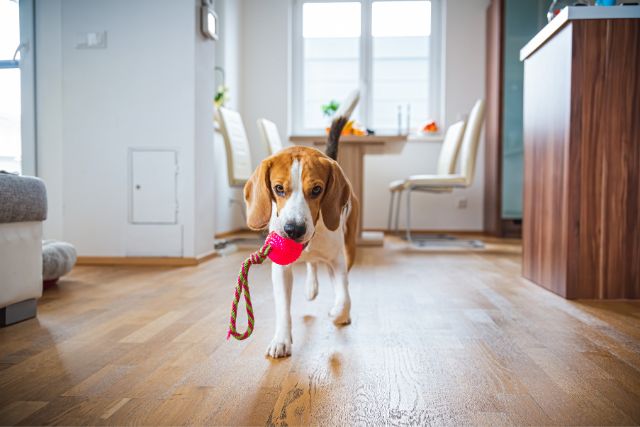

Ethical and Social Considerations
The high demand for designer dogs has led to the proliferation of unethical breeding practices.
Puppy mills exploit these breeds to make quick profits, often compromising the welfare of both the puppies and the parent dogs.
Responsible adoption or purchasing is crucial, as it helps prevent the spread of unethical breeding and ensures the dog’s long-term well-being.
Puppy Mills and Unethical Breeding Practices
The high demand for designer dogs has given rise to unethical breeders and puppy mills that prioritize profit over health.
These facilities often produce unhealthy puppies that suffer from genetic issues and inadequate socialization.
Prospective owners should seek reputable breeders or adoption agencies to avoid supporting such operations.
Responsible Adoption and Breeding
Adopting or purchasing a designer dog should be done carefully. Research breeders who perform genetic testing and prioritize the health of their dogs.
Many hybrids, such as Labradoodles, are available through rescues, offering a chance to provide a home for a loving pet while avoiding unethical breeding practices.
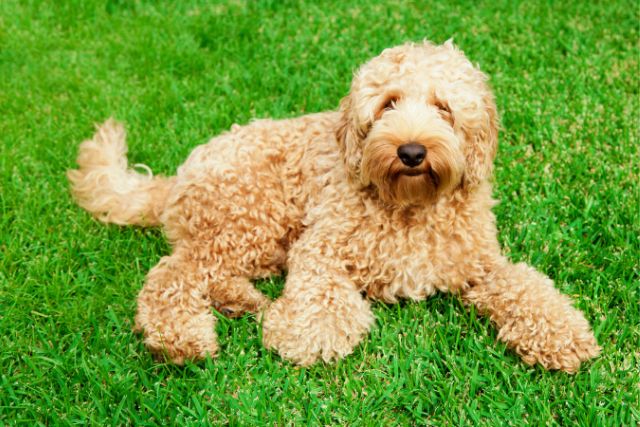

Top Designer Dog Breeds
Several designer breeds stand out for their desirable traits and popularity. Goldendoodles, Labradoodles, and Pomskies are commonly sought after for their charming temperaments and hypoallergenic coats.
Each breed combines the positive features of its purebred parents, but potential owners should still consider their unique needs and challenges.
Goldendoodle (Golden Retriever + Poodle)
The Goldendoodle combines the gentle, intelligent nature of the Golden Retriever with the Poodle’s hypoallergenic coat.
They thrive as family pets and therapy dogs due to their friendly, trainable personalities.
Labradoodle (Labrador Retriever + Poodle)
Labradoodles are known for their energy, intelligence, and versatility.
They require regular exercise and mental stimulation, making them ideal for active families or individuals seeking a companion for outdoor adventures.
Schnoodle (Schnauzer + Poodle)
Schnoodles have a lively disposition and make excellent watchdogs. Their curly coats require frequent grooming, but they are loyal and affectionate companions.
Puggle (Pug + Beagle)
Puggles are playful and energetic, ideal for families with children. Their combination of Pug and Beagle traits provides a unique blend of affection and curiosity, though they can be stubborn during training.
Pomsky (Pomeranian + Husky)
Pomskies are miniature versions of Huskies with an energetic spirit and an adventurous attitude.
Their double coat needs regular brushing, and their size makes them suitable for small homes if given enough exercise.


Making an Informed Decision: Is a Designer Dog Right for You?
Choosing a designer breed requires a deep understanding of your lifestyle and the breed’s specific needs.
Active breeds need regular exercise, while those with high-maintenance coats may require daily grooming.
Thorough research into breeders or rescues is essential to find a healthy, well-adjusted dog that complements your lifestyle.
Assessing Your Lifestyle and Needs
Consider your lifestyle when choosing a designer breed.
Active hybrids like Labradoodles require extensive exercise, while smaller dogs like Maltipoos can adapt to apartment living but may need more grooming.
The ideal breed will match your activity level and living environment.
Finding Reputable Breeders or Adoption Agencies
Look for breeders who prioritize health testing and allow you to meet both parent dogs. Adoption agencies often have designer breeds available due to their popularity.
Visit reputable breeders and rescues to find a healthy and well-socialized dog.
Commitment to Proper Training and Grooming
Designer dogs require regular grooming and consistent training. Investing in proper socialization and exercise will help reduce behavioural problems while enhancing your bond with the dog.
Professional grooming may be needed for those with high-maintenance coats.


Conclusion: Making a Thoughtful Choice
Designer dogs can be wonderful companions, but careful consideration of their pros and cons is necessary.
Researching breeds, understanding their needs, and prioritizing the dog’s welfare ensures a happy relationship for both the pet and the owner.
It’s all about finding a companion that best suits your lifestyle.
Weighing the Pros and Cons
Designer dogs offer many benefits but also require specific care and attention.
Potential owners should research breeds carefully, considering both the positive traits and potential challenges, such as grooming and health risks.
Prioritizing the Dog’s Well-Being
The dog’s well-being should always come first. Choosing a breed that matches your lifestyle and being prepared for training and grooming responsibilities will help ensure a happy and healthy pet.


Need Help Walking Your Designer Dog? Contact Us!
At Dog Walkers Eastern Suburbs, we understand the exercise and care designer dogs need. Our team provides comprehensive walking services tailored to your dog’s energy levels.
If you’re in the Eastern Suburbs and want to keep your pup happy and healthy, reach out to us today!
About Our Services at Dog Walkers Eastern Suburbs
If you’re seeking help walking your designer dog in Eastern Suburbs, our services can provide the exercise and stimulation your pet needs.
Our team of professionals understands the unique requirements of designer breeds and is ready to offer tailored care. Visit our website to learn more!

